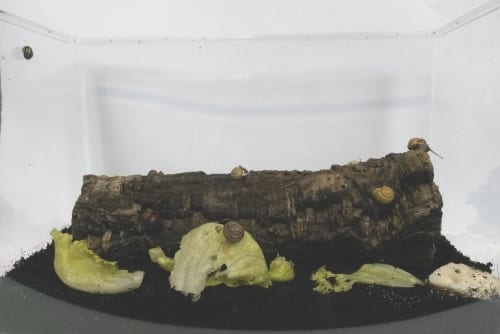Throughout my career in museum zoology I have detected (and contributed to) a certain snobbery when it comes to some species of animal. It seems that as far as museum displays are concerned, not all animal specimens were created equally. Our new exhibition – opening today – seeks to address this.
The Museum of Ordinary Animals tells the story of the boring beasts that have changed the world: the mundane creatures in our daily lives, including dogs, pigeons, cats, cows, chickens and mice. These animals are rarely represented in natural history museum displays. They are not special enough. Do we even need to go to a museum to see animals that we can find on our plates, on our laps and on our streets? People would rather see dinosaurs, dodos and giant whales.

Domestic dog skulls. LDUCZ-Z1046 and LDUCZ-Z1338b
Humans’ first domestication was that of dogs from wolves. Today humans have forced the descendants of wolves to become the most anatomically variable of all species.
Nevertheless, this exhibition puts these everyday species front and centre. It investigates some of the profound impacts they have had on humanity and the natural world, how they were created, and the extraordinary things we have learned from them. (more…)
Filed under Grant Museum of Zoology
Tags: cat, Cats, chicken, domestic dog, exhibition, exhibitions, Jack Ashby, mouse, Petrie Museum, rat, The Museum of Ordinary Animals, UCL Art Museum
No Comments »
 Close
Close




